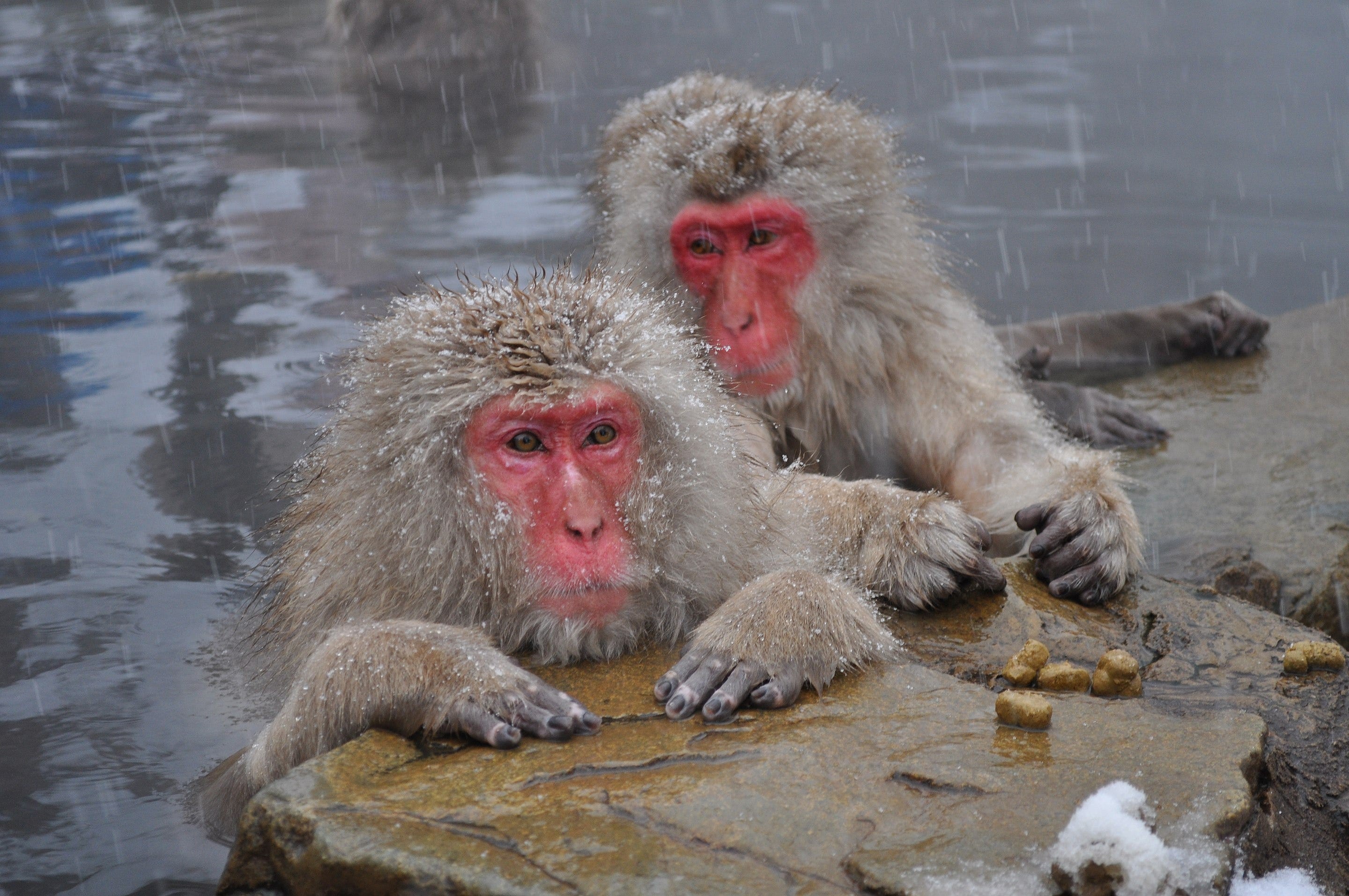The natural world is full of surprises. One of the most baffling behaviors observed in recent years is the documented instances of Japanese macaques attempting to mate with Sika deer. This peculiar phenomenon, first captured on video over a decade ago, has continued to puzzle and intrigue scientists. Why are these monkeys engaging in this seemingly unproductive behavior? Let’s explore the possible explanations and the implications of this interspecies interaction.
From Isolated Incident to Potential Cultural Phenomenon
Initially, the observation of a lone, low-ranking male macaque mounting a female Sika deer was dismissed as an isolated incident, perhaps attributed to sexual frustration and lack of mating opportunities. However, further research by primatologist Cédric Sueur of the University of Strasbourg revealed a more complex picture. Not only was the behavior continuing, but it also appeared to be spreading within the macaque troop.
The original male, identifiable by his distinctive almond-shaped eyes, continued the behavior even after rising in social rank and gaining access to female macaques. More surprisingly, female macaques began exhibiting similar behavior, targeting male deer.
Further strengthening the case for learned behavior, the same phenomenon was observed in a geographically separate macaque population on another Japanese island, hundreds of miles away. This suggests that the behavior might not be an anomaly, but rather a potential cultural phenomenon emerging under specific environmental and social conditions.
Social Transmission and Evolutionary Implications
The evidence points to two key possibilities: Firstly, the behavior could be socially transmitted, with macaques learning by observing others, particularly dominant individuals. This aligns with the concept of “social transmission” in animal behavior. Secondly, the independent emergence of the behavior in separate populations suggests a potential biological predisposition or an evolutionary advantage yet to be fully understood.
Parallels to Human Behavior and the Mystery of Domestication
This unusual interspecies interaction offers intriguing parallels to the evolution of human behavior. Just as the origins of horseback riding remain shrouded in mystery, the macaque-deer interactions raise questions about the initial steps towards domestication and the development of complex interspecies relationships.
Sueur suggests that similar pre-existing relationships and gradual developments might have led to seemingly abrupt shifts in human behavior, like the domestication of horses. Familiarity, opportunity, and perhaps a bit of experimentation could have paved the way for such transformative changes.
Conclusion: The Weird and Wonderful World of Animal Behavior
The ongoing research into why monkeys are trying to mate with deer highlights the complexity and often bizarre nature of the animal kingdom. While definitive answers remain elusive, the observations provide valuable insights into animal behavior, social learning, and the potential for unexpected evolutionary pathways. This peculiar phenomenon serves as a reminder that we still have much to learn about the intricate web of life on Earth and the surprising ways in which different species interact. Further research will undoubtedly shed more light on this fascinating mystery.
